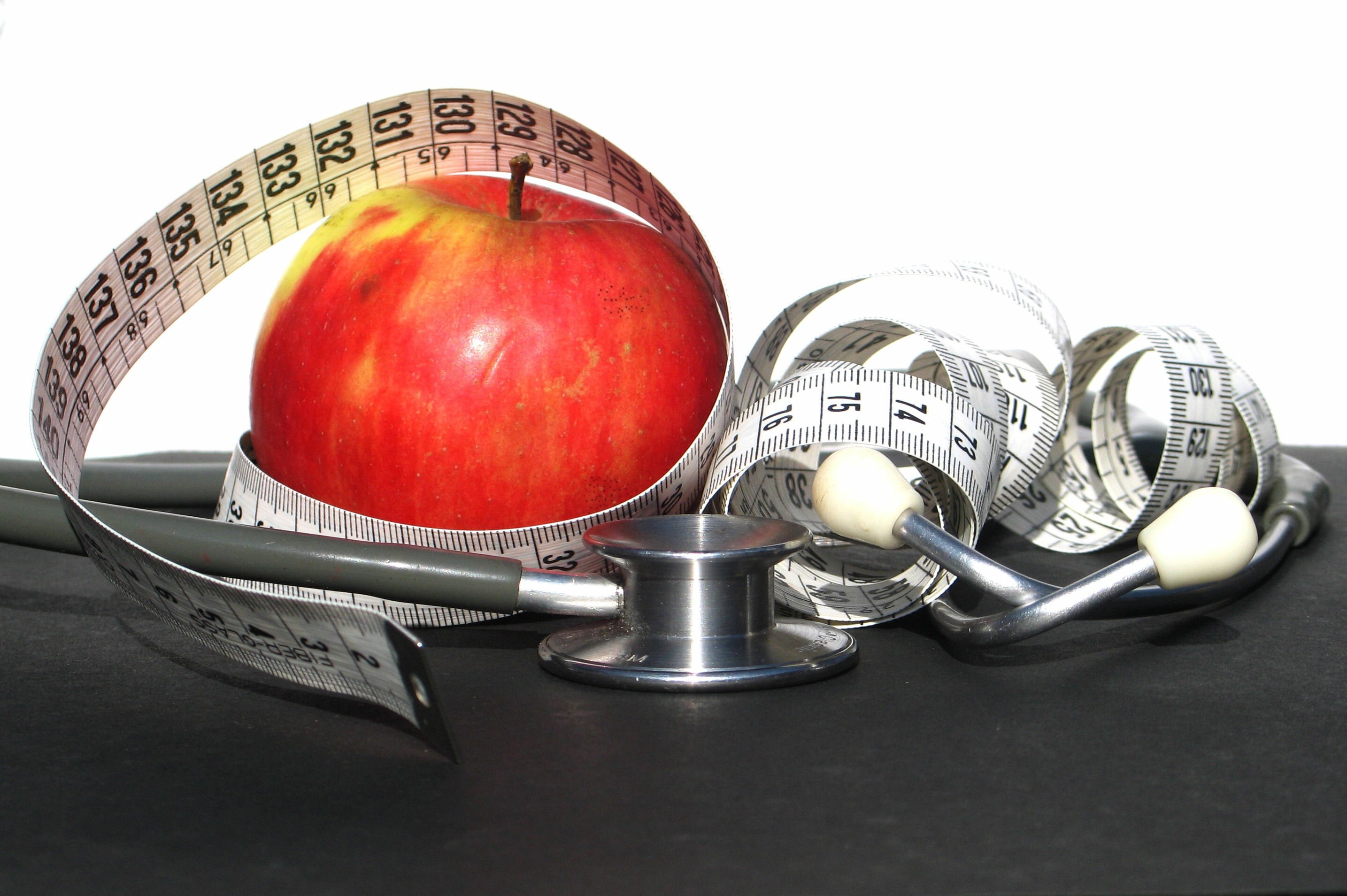. . . a tired topic?
We’ve heard about the vital role vitamin D plays in systemic health, but testing doesn’t always happen when vitamin D deficiency indicators occur. We know it impacts bone health, but did you realize our immune system’s white blood cells are produced in our bone marrow? Immune function declines slowly as vitamin D levels decline, but risk to infection increases.
Most people realize that a deficiency has been clinically implicated in some breast cancers and particularly, colon cancer. It was, in fact, our family history of colon cancer that tipped my doctor to the need for this test. It showed a considerable deficiency, despite several years of the osteopenia diagnosis through a previous doctor who never tested vitamin D levels. Few of us have heard of the possibility that genetic predisposition might be implicated in a vitamin D deficiency and never consider the possibility of low ‘D’ because of spending lots of time in sunshine.
Escalating costs for vitamin D analysis has been the subject of some medical articles but contrasting the escalating cost of cancer treatment, the analysis easily wins as worthwhile prior to disease.
To supplement or not. . .
Since increased awareness around the importance of adequate vitamin D levels, many have returned to supplementing with Cod Liver Oil capsules, to at least acquire an extra 400 IU (international units) daily. Is that enough? Should you worry about Vitamin D overdose because it is stored in fatty tissue?
In deciding whether or not to supplement, it helps to know why so many test for low vitamin D levels:
- Lifestyle – less time outdoors with exposed skin to sunlight than any previous known age
- Sunscreen – damage caused to the earth’s atmospheric filter resulted in advice to apply sunscreens, but anything over SPF 15 is reported to reduce UBV ray absorption that is required for our body to manufacture Vitamin D.
- Diet – few foods contain high levels of Vitamin D. A fatty fish serving may provide 400 IU but new research points to a need for 1,500 to 2,000 IU daily. One can of Sockeye salmon lists 2,816 I.U; 1 tbsp Cod liver fish oil lists 1,362.68 IU
- Age and health levels – aging results in thinner skin with less ability to produce vitamin D from sunlight. Any digestive impairment like irritable bowel syndrome, celiac disease, Chrons, or alcoholism will also impact nutrient uptake and the ability to form vitamin D
- Liver and Kidneys – the active form of vitamin D is metabolized during two processes when the inactive forms pass through our kidneys and liver. Reduced kidney or liver function could increase the risk for low vitamin D levels.
- Obesity – Dr. Michael Holick is on record as advising that because vitamin/hormone D is fat soluble, obese people require two to three times the supplementation of Vitamin D that those of normal weight require in order to see improvement from muscle twitching and pain or bone pain.
- Skin – both darkly tanned people and dark-skinned races are at higher risk for deficiency as skin tone reduces absorption of the rays required to manufacture vitamin D in the body. The same applies to cultures where people are covered from head to toe.
The solution? Consider requesting the test even it means paying for it. Investigate the research done by the Weston A. Price Foundation which recommends always combining vitamin A with vitamin D, in a 5:1 ratio because they function together naturally. The ratio is important but not regulated. They also suggest finding a pure Cod Liver oil to provide a form our body can assimilate that is not overly-processed. The Weston A Price Foundation does not support high vitamin D intake, suggesting 1,000 to 1,500 IU daily from a good cod liver oil as adequate.
Ask about higher supplementation with a natural practitioner if your conventional doctor still promotes 400 IU guidelines, commonly deemed out-of-date by today’s researchers. The 400 I.U. recommendation was set by the U.S. Drug and Food Act for anyone from age 1 to 70, as if the needs of an infant are the same as an active 30-year old or a senior! The more common minimum dose suggested for healthy people today is around 1,500 I.U. daily.
Broader implication to disease from a vitamin D deficiency, including autoimmune disorders, developed after the discovery that vitamin D also acts as a hormone that is converted into a signal to influence immune system function as well as cellular function. It’s easy to then connect inadequate levels to not just bone health but to many systemic functions that include diabetes, depression, multiple sclerosis and increased susceptibility to disease.
Being active in your own healthcare by requesting a copy of a blood analysis and taking time to read the printout or taking it to an alternative practitioner, is prudent. Reaching this conclusion often only occurs after conventional medicine did not find a disease to be treated but you don’t feel at your best. Understanding metabolic function to know what nutrients and chemical reactions impact particular body functions – is the skill of an alternative practitioner. Unfortunately, medical and alternative practitioners are not yet a two-way communication link, leaving the initiative up to the individual impacted with a concern.
For additional reading on vitamin D and A, visit:
http://www.westonaprice.org/cod-liver-oil/update-on-vitamins-a-and-d



